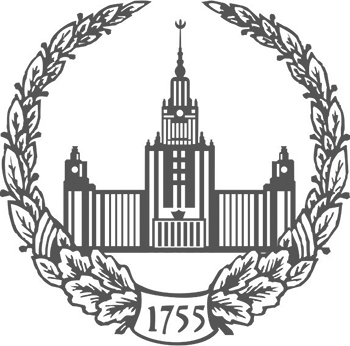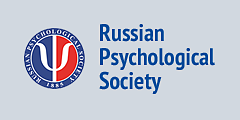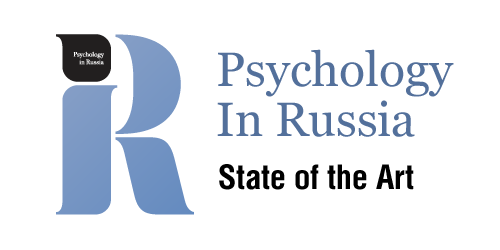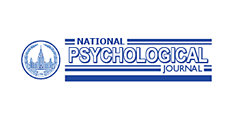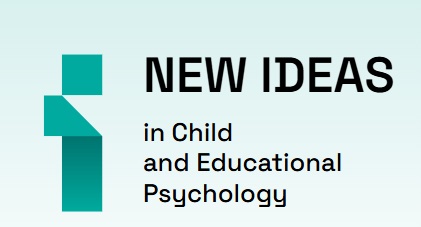Azarova, E.S.

Senior Lecturer, Department of History, Philosophy and Literature, Russian Institute of Theatre Arts — GITIS.
-
Work of Booth Tarkington in the Context of US Literature of the 1920s: Archetypes and Psychologism in the Novel “Gentle Julia”Lomonosov Psychology Journal, 2025, 3. p. 143-162read more587
-
Background. The archetypal approach in literary studies contributes to understanding the symbolic structure of literary texts. The study of archetypes in European and American literature of the early 20th century allows us to study the connection between the individual and collective unconscious.
Objective. The goal of this research is to consider the features of the construction of the conflict in the plot of Booth Tarkington's novel "Gentle Julia" in light of the concept of archetypes by C.G. Jung.
Methods. The study analyzes the activities of the characters in the fictional text from the standpoint of analytical psychology and the concept of archetypes by C.G. Jung.
Results. Archetypal analysis of literary characters allows us to identify the origin and reasons for the formation of universal behavioral patterns in accordance with the family environment, personal experience, the uniqueness of the cultural context, the education system, and biological factors. The materials of the article can be used in preparing lecture courses on the "History of World Literature" and "Psychology of Artistic Creativity".
Conclusions. The application of the theory of archetypes developed by C.G. Jung and his followers to the study of texts created in the era of modernism opens up new perspectives for understanding the deep meanings and cultural context of the era. Archetypes are not static; they are subject to transformation under the influence of a particular culture and idiostyle.
Keywords: theory of archetypes; C.G. Jung; Jungian psychology; psychologism; American literature; social role; self-identification; artistic world; emotions; psychology of artistic creativity DOI: 10.11621/LPJ-25-28
-


